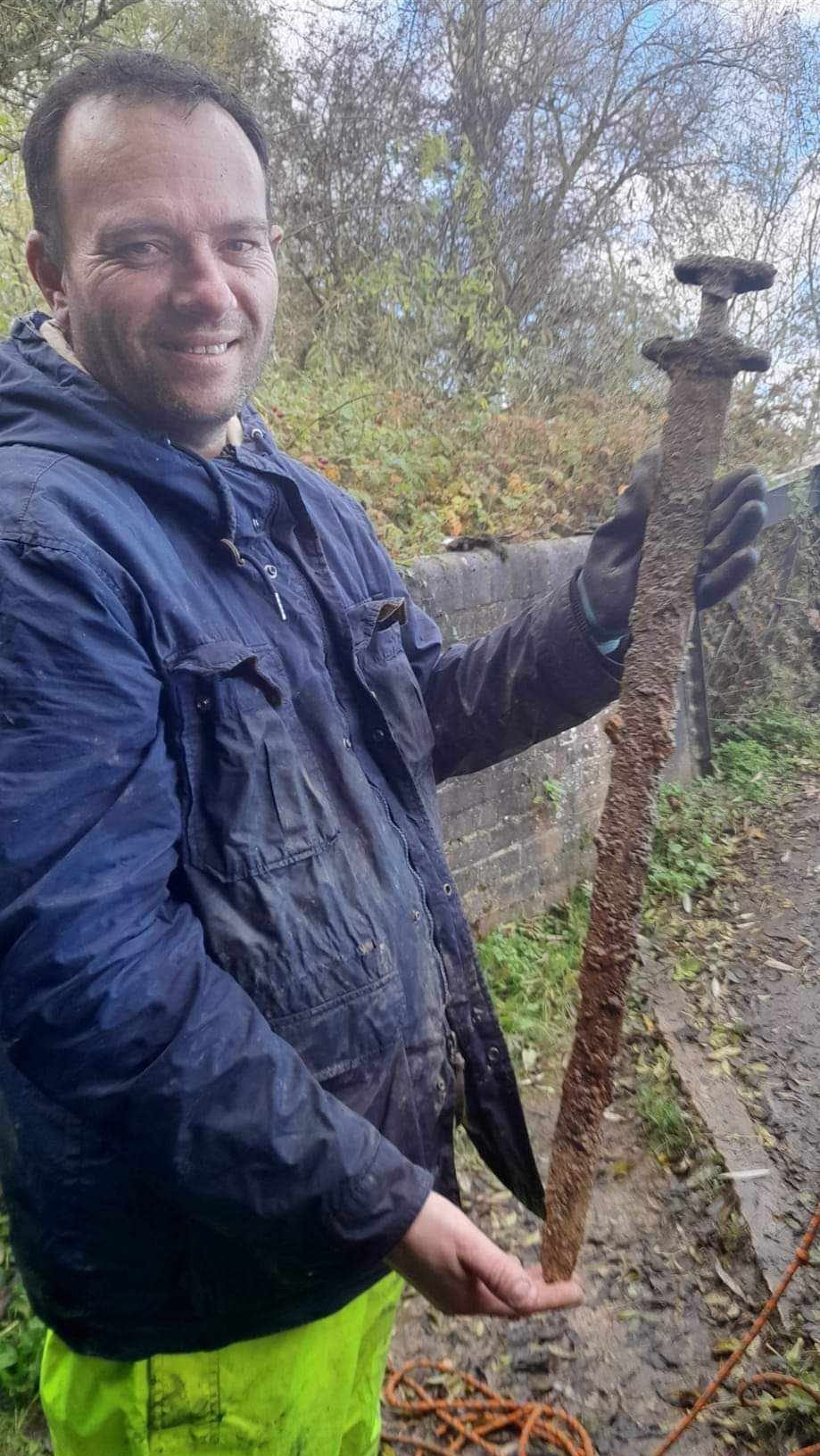
Magnet fisherman pulls out a sturdy Viking sword from the River Cherwell
Magnet fisherman Trevor Penny pulled a intact Viking sword from the River Cherwell in West Oxfordshire last November. Magnet fishing, also known as magnet fishing, is the hobby of searching for ferromagnetic objects in open waters that can be attracted using a powerful neodymium magnet. This hobby is a combination of environmentalism and treasure hunting.
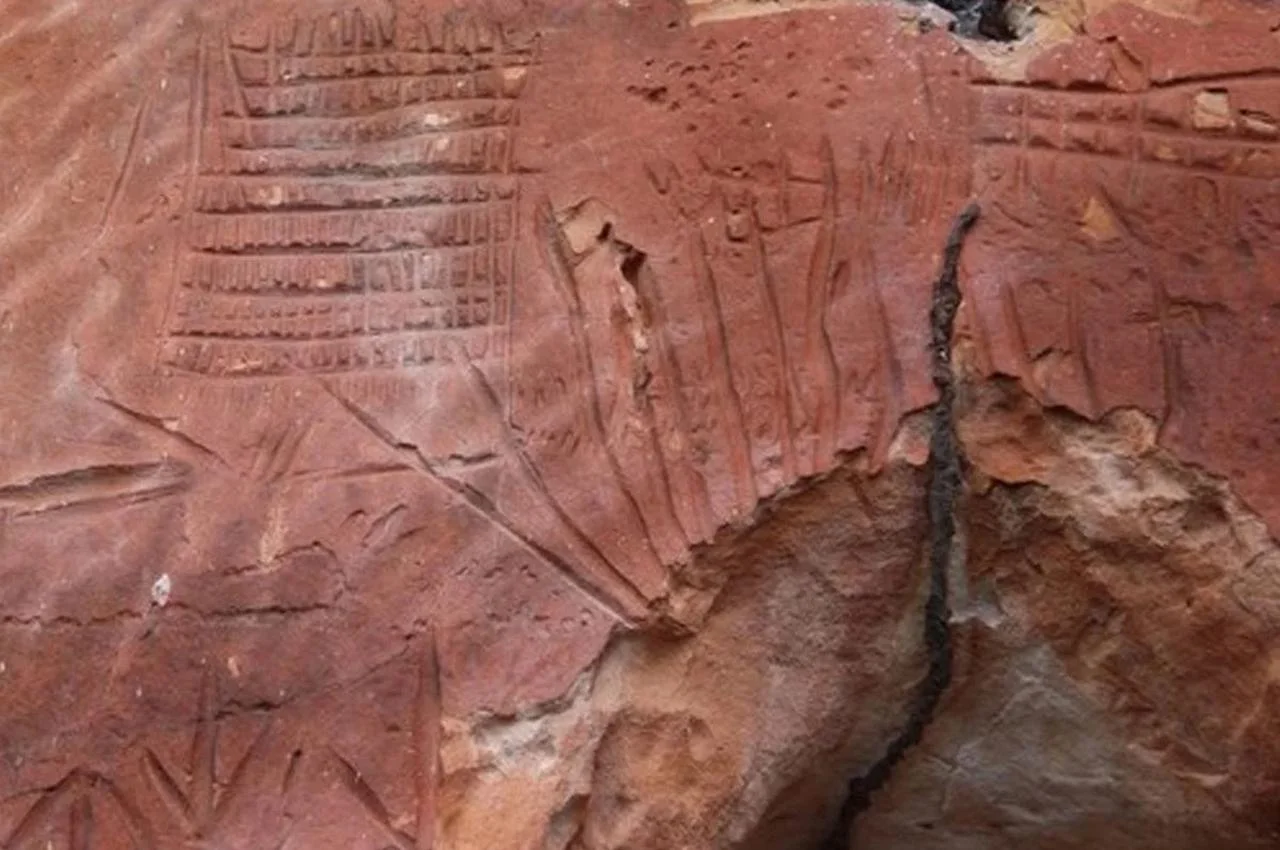
New areas of ancient art have been discovered in the Jalapão region of Tocantins, Brazil
Archaeologists working in the Jalapão region of Tocantins, Brazil, have made a significant discovery: 16 new archaeological sites containing ancient rock art dating back 2,000 years. Explored by Brazil’s National Institute of Historical and Artistic Heritage (IPHAN) since 2022, these sites display a wide variety of rock art works, including human and animal footprints, carved
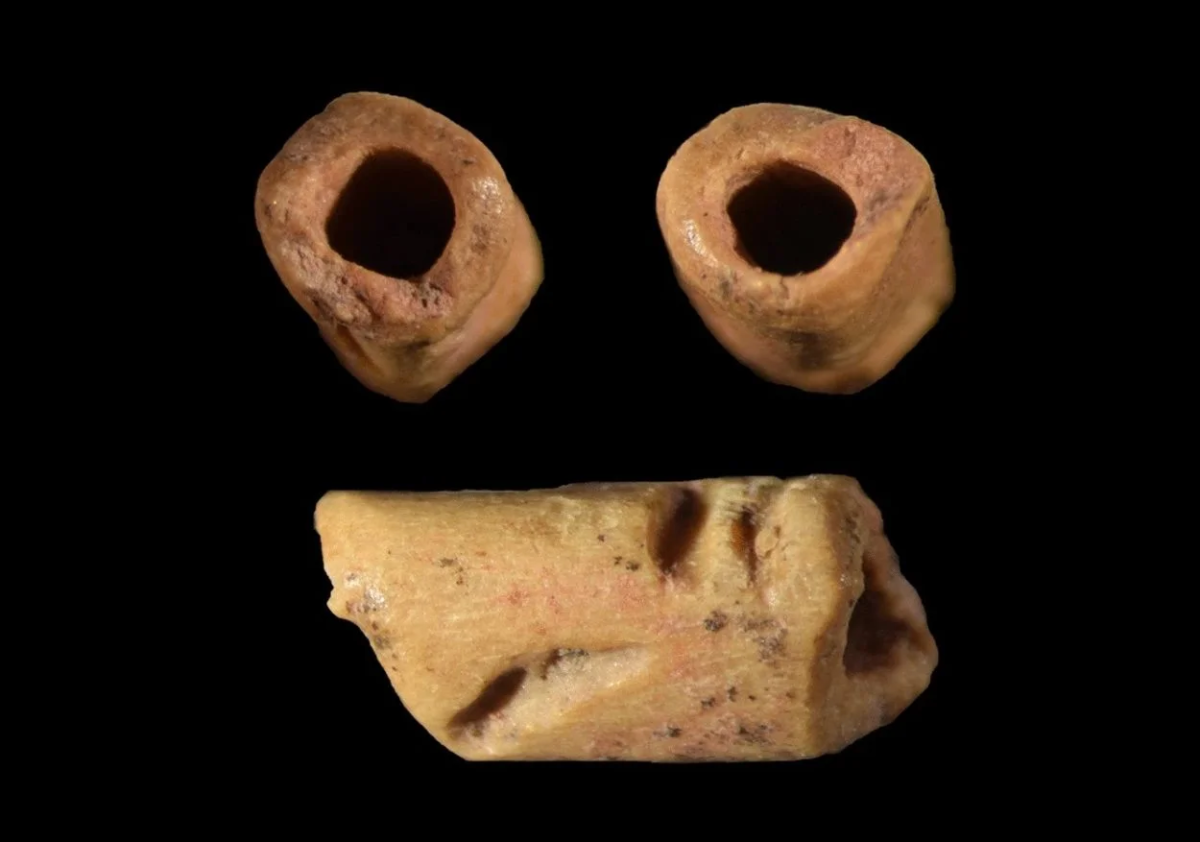
American archaeologists discover 13,000-year-old beads at La Prele Mammoth Site
Archaeologists have made an important discovery at the La Prele Mammoth site in Converse County, Wyoming in the United States. A bead made of bone, dated to around 13,000 years ago, is the oldest known bead in the Americas. The discovery offers new insights into the artistic and technological skills of Clovis Period people and

Tutankhamun’s DNA results: Give surprising findings of incest evidence
Recent DNA tests on the remains of King Tutankhamun have revealed some startling and unexpected results. He tests, which were conducted by a team of international scientists, have led to the conclusion that Tutankhamun’s parents were likely siblings. This incestuous relationship was not uncommon among ancient Egyptian royalty. Tutankhamun is known as the child king

Plough marks discovered in Switzerland suggest that animals were used in agriculture in Europe 7,000 years ago
Archaeologists have discovered evidence that Neolithic farmers at the Anciens Arsenaux site in Sion, Switzerland, used animals to pull plows between 5,100 and 4,700 years ago. This discovery is about 1,000 years older than the earliest known traces of plows and provides new insights into the beginnings of agricultural animal use in Europe. According to
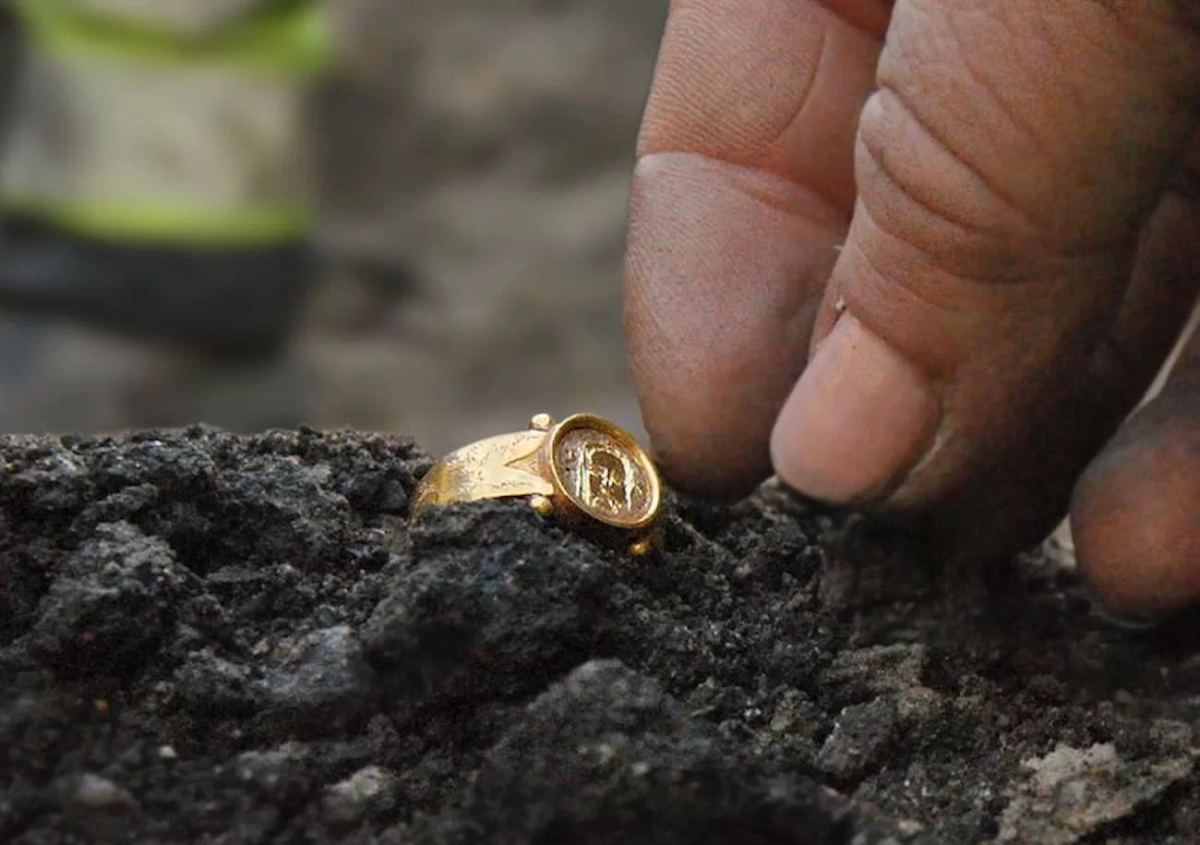
Unique gold ring and crystal amulet among 30,000 medieval treasures uncovered in Sweden
In the Swedish medieval city of Kalmar, archaeologists from the State Historical Museums unearthed the remains of over 30,000 objects during a two-year project. A gold ring and a crystal amulet with carved figures are two unique finds among the nearly 30,000 objects. Archaeologists have excavated parts of around 50 medieval plots, a dozen streets,
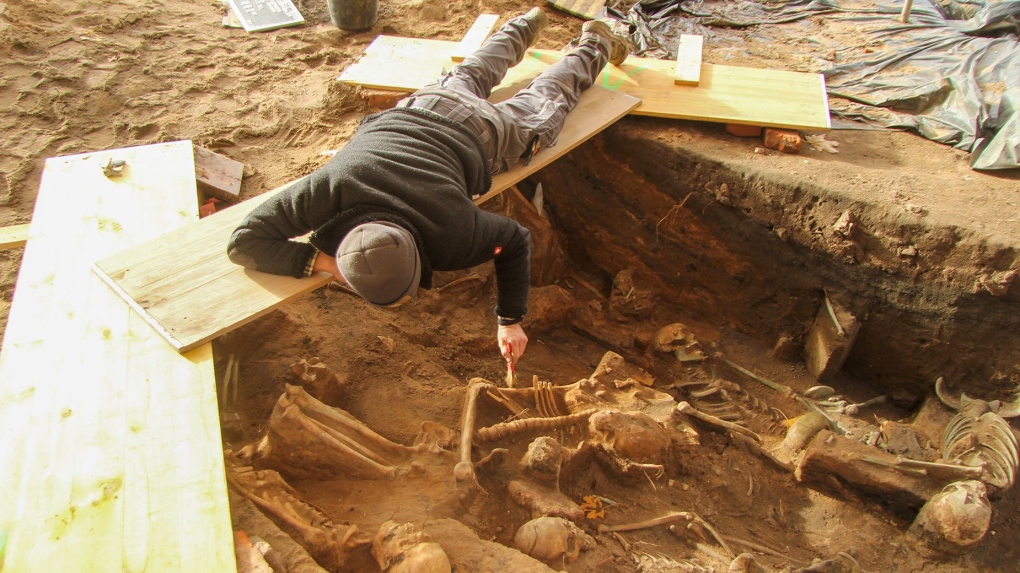
A mass grave containing hundreds of plague victims was found in Germany
Archaeologists have excavated a mass grave in Germany containing the remains of hundreds of people who died during the Black Death plague that ravaged Europe in the 14th century. The mass grave is located in the center of the city of Nuremberg. The grave is thought to contain 1,500 skeletons. So far, 1,000 skeletons have
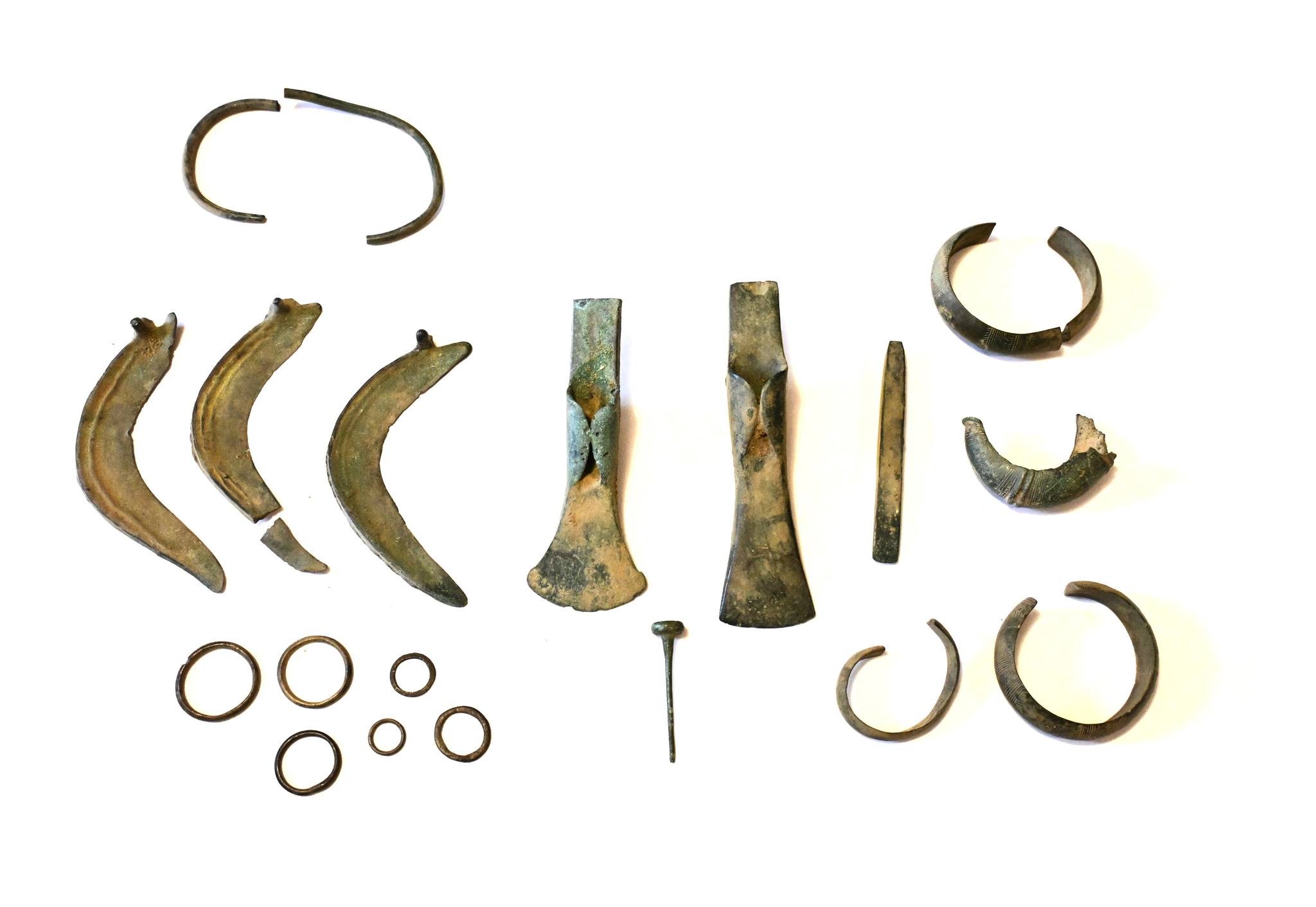
A group of Bronze Age metal objects discovered in Poland
A local metal detecting group in Poland has discovered a group of Bronze Age metal objects, including axe heads and sickles. The discovery was made in an area known as the Lynx Field, located in Słubice, western Poland. The recovered artifacts consist of three sickles, two axes, four bracelets (three with engraved decorations), six rings,

Stone tools discovered in Ukraine could be the oldest evidence of human presence in Europe
According to new research, chipped stone tools made from volcanic rock discovered in western Ukraine could be the oldest evidence of human presence in Europe. Chipped stone tools made from volcanic rock were extracted from a quarry in Korolevo in the 1970s. Archaeologists used new methods to date the sedimentary rock layers surrounding the tools
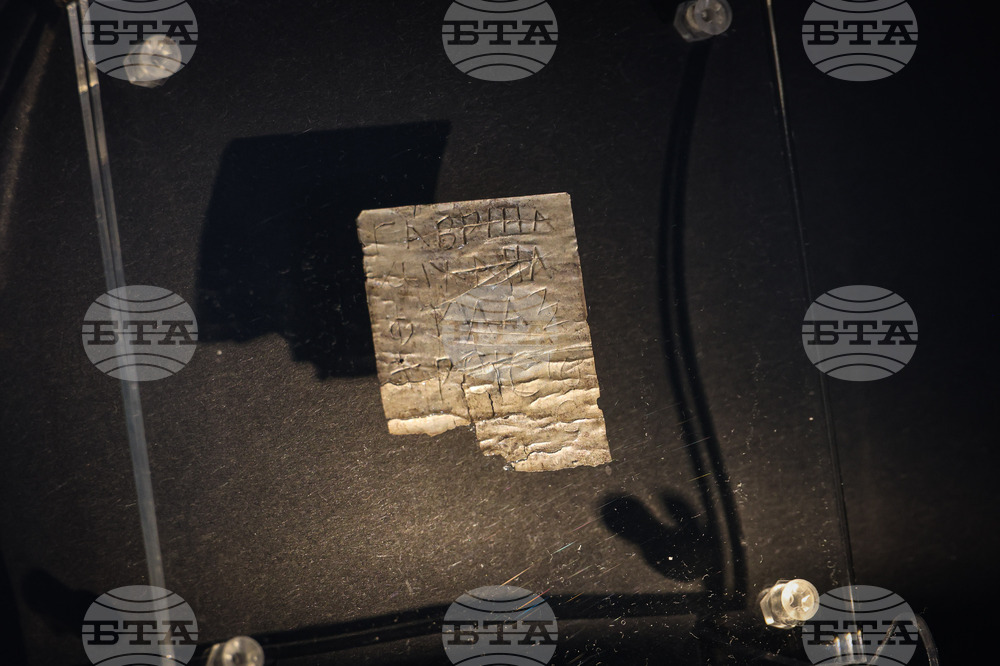
The earliest evidence of Christianity in Bulgarian lands has been discovered
Early Christians in the Roman Empire were forced to conceal their faith. This was because Christianity was not officially recognized by the Roman Empire and was seen as a threat. Christians were persecuted and executed in various parts of the Roman Empire. To conceal their faith, early Christians conducted their worship in secluded places. These
